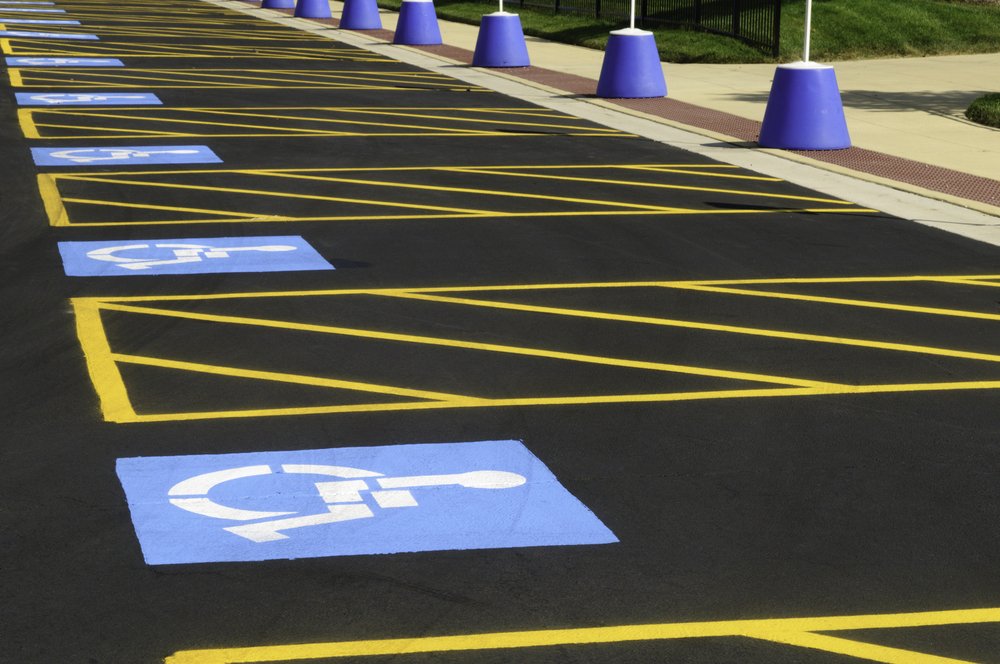What Does Physical Accessibility Include?

Now that you have a general idea of what accessibility is, we will be able to get to the subject’s heart by focusing on the different fields of daily life! Let’s see what the issues are related to accessibility for people with a disability!
We often hear about physical accessibility for transport networks such as the train station and metro and homes and establishments. What are the challenges of these different places? Where is accessibility needed?
Accessibility Of Public Transport
Here, another term on which we must linger is that of inclusive mobility. Mobility indeed represents one of the most difficult challenges to overcome to allow people with a disability to move around independently. Because people with reduced mobility, those in wheelchairs, blind, or visually impaired have specific needs when moving around. Stations, subways, buses, trams, what is the role of accessibility in these different networks?
Public transport must rely on two components: physical access to its network and passenger information.
Physical Access To The Means Of Transport
To allow disabled travelers to move around quickly and independently, each step within the chosen transport network must be accessible:
- Prepare for travel: people with disabilities need to understand their journey beforehand. Guides in relief for the visually impaired or in easy-to-read and understand language (FALC) for those with intellectual disabilities are handy to them.
- Public transport: accessibility solutions, also for the mentally disabled!
Find the metro or station entrance: sound beacon for visually impaired people, clear and legible signage with universal pictograms and guide strips. Check for New York wheelchair van rental
Five Good Reasons To Install Sound Beacons In Your Transport Network
- Get off at the station: a staircase with non-slip stair noses and contrasting risers and a continuous handrail for blind or visually impaired people, an elevator for wheelchair users, and an escalator for people with reduced mobility.
- Physical obstacles in public transport: what solutions for motor disability?
- Buy a ticket: raised Braille buttons on the vending machine for visually impaired users, a counter equipped with a magnetic induction loop for users with hearing impairments, and a lowered counter for people in wheelchairs.
- We are finding the wharf: visual and sound signage and tactile guidance.
- Getting on the train: an access ramp for wheelchair users.

